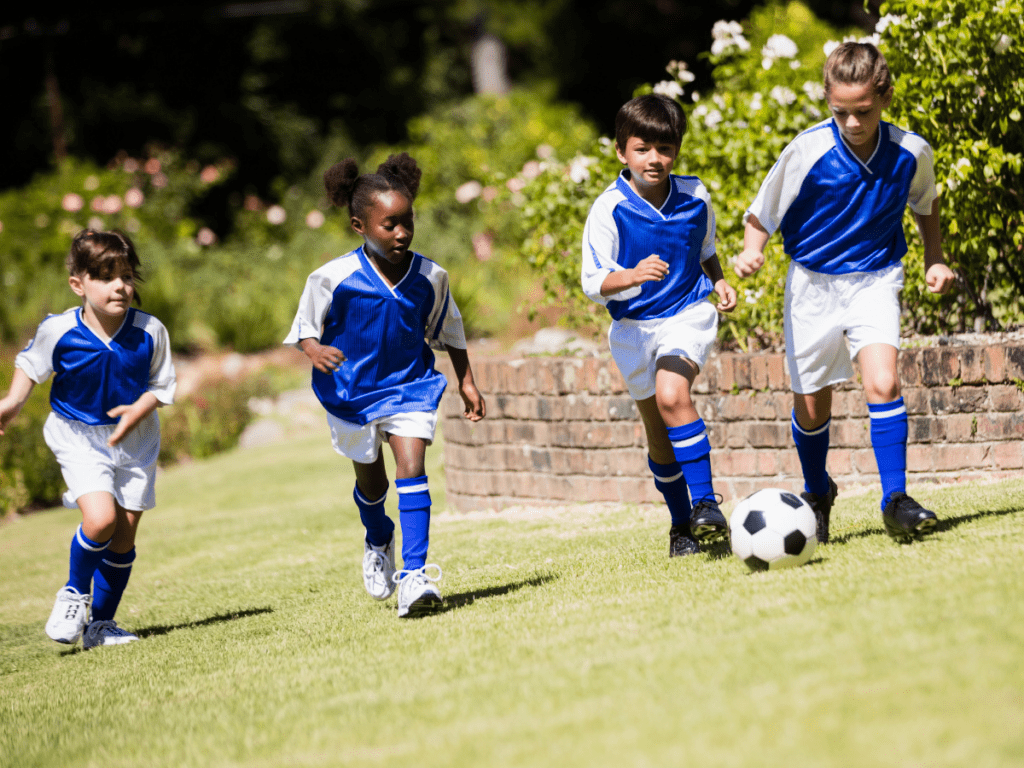How can you improve air quality?
Climate change is a new hurdle for children’s physical activity levels in Canada

The ParticipACTION Report Card on Physical Activity for Children and Youth, the most comprehensive assessment of children’s physical activity in Canada, recently gave the country a D+ in overall physical activity. While this grade is better than the D grade given in 2022, there is still much room for improvement. The D+ resulted from only…
Sport performance in cold weather
Cold weather can impact sports performance, making specific guidelines for competing in cold conditions necessary. This review offers insights on how cold affects the body and provides tips for athletes and coaches to stay healthy and perform well in winter sports.
Exercising outdoors in Canada: What the research tells us about exercising safely and effectively in extreme cold
Highlights Our bodies experience cold as a physiological stressor, meaning that one’s body must work hard to keep itself in thermal balance It is important for athletes and coaches to be aware of ways to mitigate the risks of cold exposure, which can include tissue injury and diminished cardiovascular capacity This article summarizes the research…
Weather policies
Weather policies, such as heat, lightning, or air quality policies, help to identify safe conditions for sport and play. Typically, these include thresholds for what is considered safe, and a pre-determined action at each threshold (e.g., “at X air quality index rating, practices and games must be moved indoors or postponed”). Having a weather policy…
Heat acclimatization
The Tokyo Olympic and Paralympic Games are expected to be among the hottest ever recorded. As athletes prepare for the games, researchers have found that heat acclimatization is the best measure to protect health and performance. This can include 60 to 90 minutes of daily training in the heat for one to two weeks before…
Water safety tips
As temperatures begin to rise, many Canadians seek to cool off in a nearby body of water. Sadly, drowning is one of the leading causes of unintentional death for Canadian children ages one to four. This blog from the Red Cross provides three tips to keep children safe around water this summer, including creating barriers…
Body temperature and performance
Did you know that during training and competition, the “ideal” internal body temperature shifts from ~37°C to ~38.5°C? Research shows slightly increasing body temperature through a passive warm-up can increase muscle power by up to 5%, thus improving performance.
Coping with climate change
In recent years, extreme weather conditions have affected a range of sport events, including tennis’s 2020 Australian Open (heat and smoke), the 2019 Rugby World Cup in Japan (Typhoon Hagibis), and the 2019 IAAF World Track and Field championships in Qatar (extreme heat). Intentional discussions with board members and staff about potential climate hazards is…
Temperature regulation for wheelchair basketball athletes
Research with elite women’s wheelchair basketball athletes has shown playing time can negatively impact body temperature regulation, increasing the risk of heat exhaustion, heat cramps, and heat stroke. Coaches are encouraged to monitor the cooling strategies of athletes with high playing time and encourage all athletes to hydrate during time outs, substitutions, intermissions, and half…